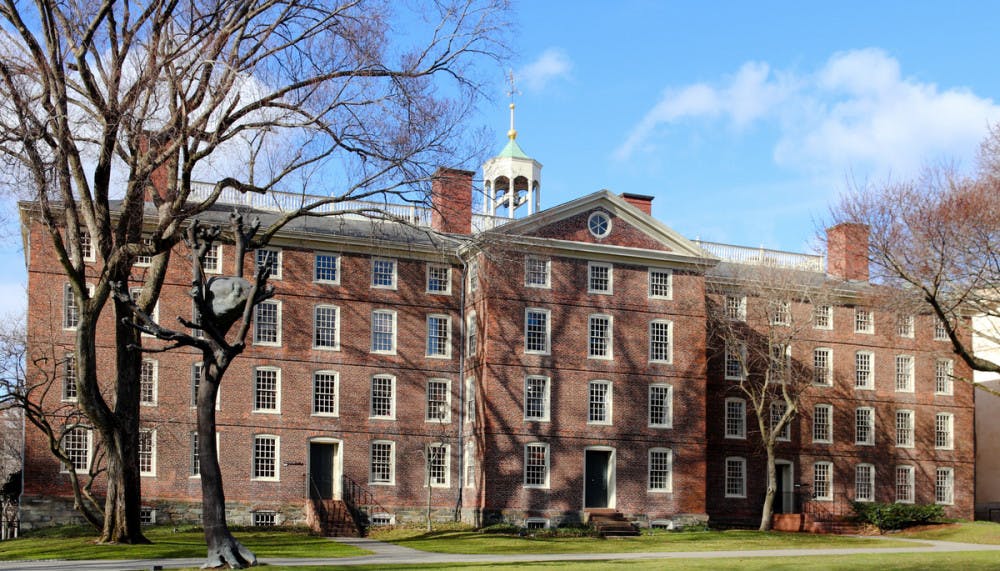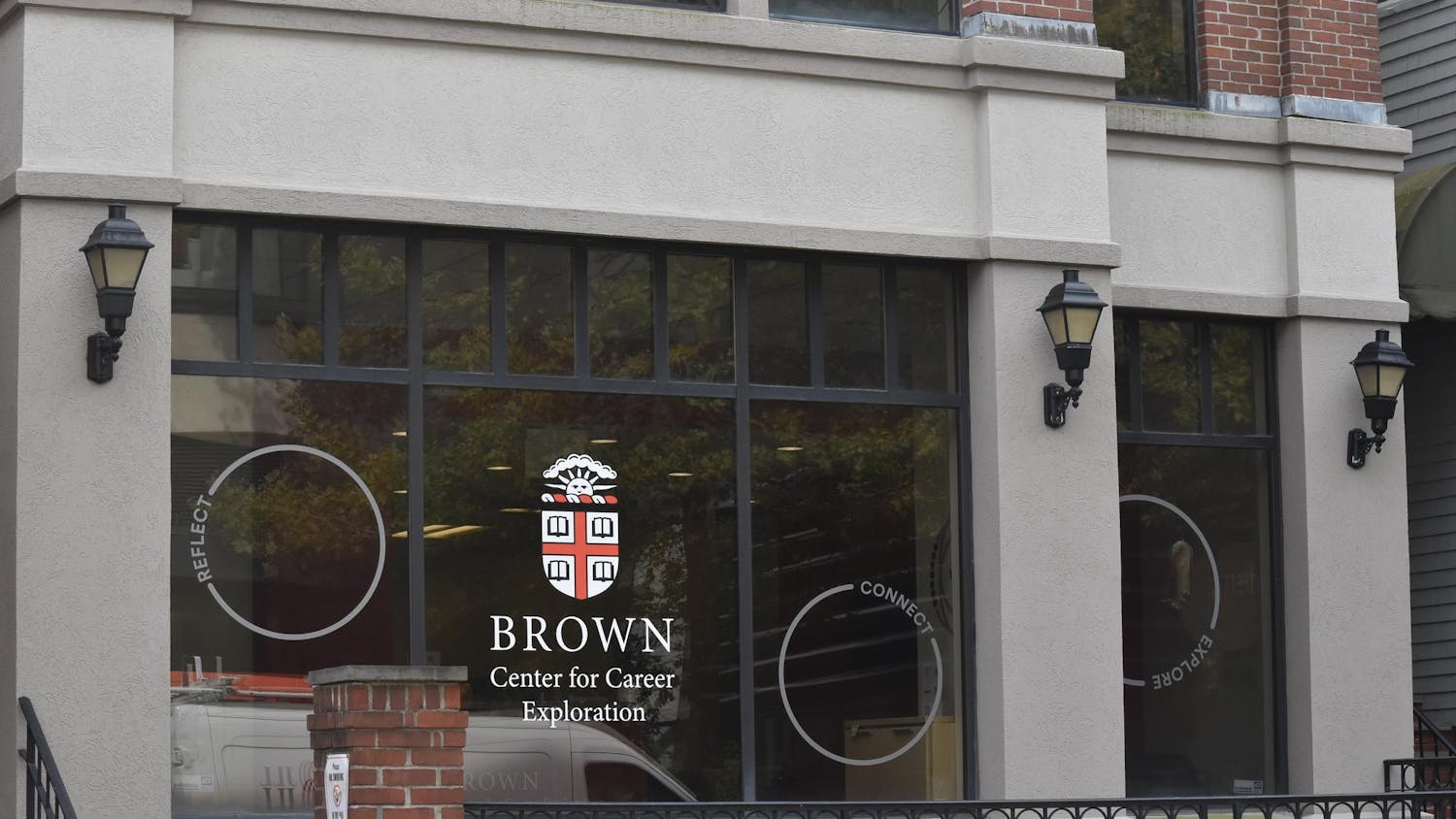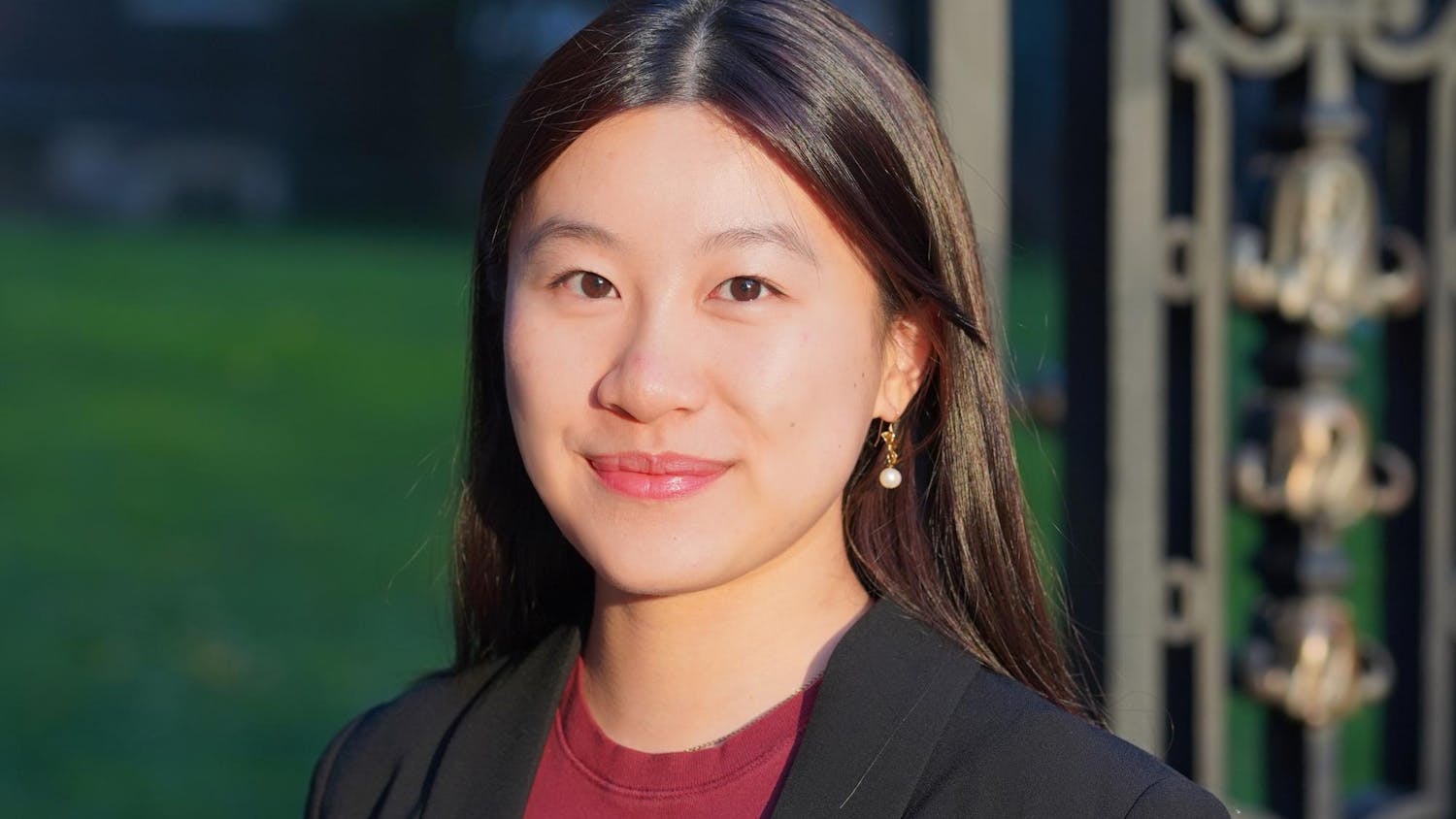President Christina Paxson P’19 and Provost Richard Locke P’18 further detailed the University’s plans for campus operations in the following months at Tuesday’s faculty meeting.
The meeting, which comes nearly a year after the University canceled all in-person classes at the onset of the pandemic, focused largely on preparations to resume regular operations in the future while wrapping up the spring semester.
Locke explained the University’s plans for the months ahead — the culmination of the current spring semester and the execution of the summer semester — which will look largely the same as earlier portions of the 2020-21 academic year.
The summer semester, which will largely occur in remote or hybrid format, as the University announced earlier this week, will have a “lot more activity,” especially outside, Locke noted.
But as detailed in Monday’s announcement, fall 2021 will look remarkably different than the current spring and upcoming summer semesters. Locke shared estimates from Dean of the School of Public Health Ashish Jha, showing that 100 percent of the total US adult population would be able to receive a vaccine by May 31. As Locke presented Jha’s data at the meeting, President Biden announced that the US would have vaccine supply for every American adult by the end of May.
“We should get to something very close to herd immunity,” Locke said. The assumption of a widespread vaccine rollout by summer is the basis for the University’s fall plans, which currently call for a return to density levels from “pre-pandemic” semesters.
Some departments, Locke added, might continue offering fully remote or hybrid courses next fall for purely “pedagogical reasons” after finding that virtual learning suited their courses better. Students who are prevented from returning to campus by circumstances such as travel restrictions will be able to apply to study remotely, and faculty members can similarly apply to “opt out” of in-person teaching, Locke said.
“It was complicated going into remote mode,” Paxson said. “It’s going to be complicated going back to normal.”
Paxson emphasized that communication between faculty and administration will be key during the summer, especially as faculty debate whether or not they want to include telecommuting in their future work plans.
The meeting presented another reminder that herd immunity is still months away: Executive Vice President for Planning and Policy Russell Carey ’91 MA’06 noted a surge in cases from Feb. 21 to March 2 — 78 cases over a nine-day period.
Carey did not attribute the uptick to a specific cause, but said that the combination of a long weekend and decreased vigilance from previously low case numbers likely led students to engage in riskier behavior.
“I think people let up a little bit, frankly, and relaxed during that time frame,” Carey said. “I don’t think we can attribute everything to that long weekend, but we know there were gatherings that weekend,” which the University is following up on.
The positivity rate in recent days has remained low and cases are decreasing. While Carey said that he did not want to declare a “victory of any sort,” he also noted that students have adjusted their behavior and reduced socializing beyond what is permitted by current campus guidelines.
Paxson also discussed the University’s upcoming financial burdens, noting the “headwinds” of costs associated with the summer semester and Summer@Brown programs. “Financially, we’re not out of the woods,” she added.
Still, Paxson said the University was “doing pretty well — better than we had thought earlier in the year.” That, in turn, allowed the Corporation to reinstate financial benefits for faculty that had been paused, such as full retirement matching and salary review.
Earlier in the meeting, a motion to implement an “open access” policy received faculty approval. The motion would “facilitate open access to the content of scholarly journal articles produced by Brown University faculty,” Professor of Economics Andrew Foster said.
Foster argued that Brown research should be open “for the world” and that such a policy would increase availability with “very little additional burden.”
Professor of Neuroscience Jerome Sanes raised concerns about legal liability and the creation of extra work for professors, though the motion still passed.
Faculty members also approved motions to adopt gender-neutral language in both the faculty rules and regulations and the statement of principles for the undergraduate curriculum.
Locke additionally discussed the University’s stance against anti-Asian and anti-Asian-American violence. While the University was “unaware” of any violence or incidents on campus, members of the community were “not immune” from “troubling slurs,” Locke said, emphasizing the importance of fighting back against discrimination.
Paxson additionally detailed the University’s involvement in the new integrated health system created by the merger of Care New England and Lifespan, which, she noted, is not a “done deal” given the numerous layers of regulatory approval required.

Will Kubzansky was the 133rd editor-in-chief and president of the Brown Daily Herald. Previously, he served as a University News editor overseeing the admission & financial aid and staff & student labor beats. In his free time, he plays the guitar and soccer — both poorly.





